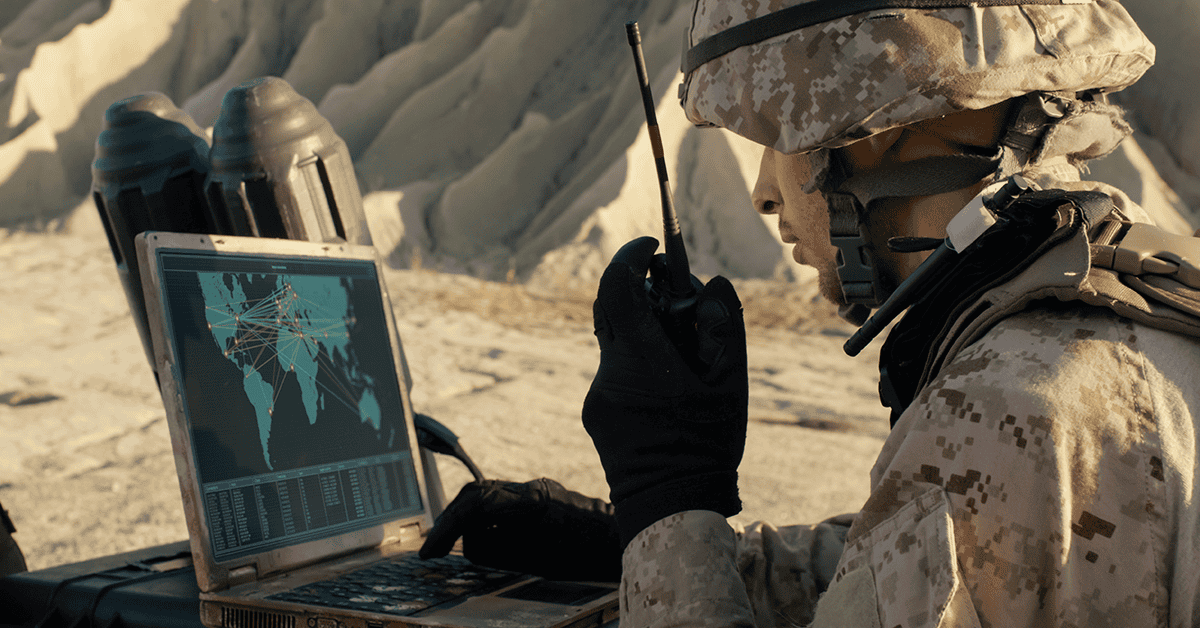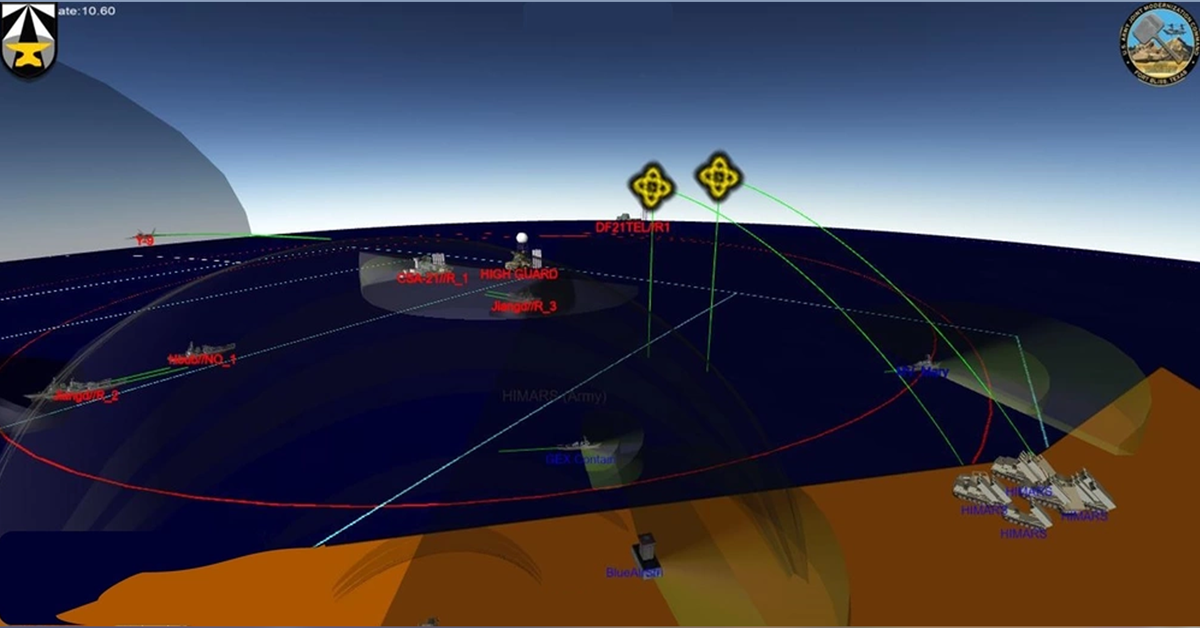In recent years, the Department of Defense has placed high priority on programs and initiatives designed to increase the speed, connectivity and information advantage of our country’s warfighting capabilities. As the peer and near-peer competition heats up, U.S. military leaders are identifying technologies and capability areas that require improvement and industry support.
Across the DOD enterprise, military officials are working to harness and leverage the power of artificial intelligence. Kenneth Bray, associate deputy chief of staff for intelligence, surveillance and reconnaissance for the U.S. Air Force, said although the service has made strides in some areas of AI, it still needs tools that can support the massive influx of data with which officials are grappling.
“We believe that over the last several years, we’ve achieved the collection capacity that we need for this very important decade that we’re moving into. However, what we need to work on most is now that we’ve got this collection capability, are we ready on the back end to do the ISR job that comes with that expanding collection capacity? That is our most pressing need right now,” he shared with an in-person audience at GovCon Wire’s Military Services Intelligence: Plans and Priorities Forum.
The problem Bray outlined is not unique to the Air Force. Deputy Commander for the Office of Naval Intelligence, Andrew Richardson said the Navy has been looking at how to deal with its troves of data and intelligence for years.
“We continue to lack the capabilities to adequately process and exploit everything we’re taking in that is specifically of maritime character. For decades, we’ve been sucking in more than we can possibly get to, so that continues to be a problem,” Richardson warned. He quoted his direct superior, Rear Adm. Mike Studeman, who has said the Navy is “leaving a lot of intelligence on the floor.”
Bray’s fellow panelists concurred that being able to not only collect but analyze data and use it to inform decisions at speed and scale is a huge priority for the military in today’s era of global competition.
However, the AI tools used in these efforts should not be seen as an end state, but instead as a continued investment, according to the panelists. Laurence Mixon, special assistant to the program executive officer for intelligence, electronic warfare and sensors for the Department of the Army, said the public sector needs industry support in the way of lobbying for these investments and driving constant AI advancements.
“Folks throw the term ‘AI’ around pretty easily, but in reality, there are some challenges there with respect to data and training and retraining algorithms to pace the threat,” Mixon explained. “I think that is where we really need to work cooperatively between the government and industry.”
Mixon said the Army’s Project Linchpin — a collaborative effort between Mixon’s office, the Army Research Lab and Army Futures Command’s AI integration hub — aims to “create a pipeline for AI software development and allow industry to come in and use our sensor data to generate capability.” Project Linchpin has issued a request for information and intends to conduct one-on-one discussions with industry in early 2023.
Another key element in the conversation surrounding AI, data and intelligence is multi-domain integration, or the collection of information from multiple sources and classification levels that will help provide military leaders with a more comprehensive understanding of dynamic situations. Brig. Gen. Steve Gorski, director of intelligence for the Air Force’s Air Combat Command, commented on the importance behind this effort.
“We’re at a good point now where we can do auto correlation of events. But we need to get to the point where we’re doing auto fusion of multiple sources of information from [Publicly Available Information] and [Open Source Intelligence] all the way up to the exquisite, and making sure that those are all tied together and we’re describing object as clearly as we can for our C2 partners that have to make decisions about long-range fires,” said Gorski.
Beyond the technology discussion, panelists also shared the lessons they’ve gleaned from the Russia-Ukraine conflict over the past ten months. The unpredictability surrounding the “will to fight,” the importance of leadership and the urgency behind properly training warfighters and operators all topped the panelists’ lists of insights gained from the invasion.
During the forum, Bray issued a call to action in regards to electronic warfare threats. “Our adversaries in the electromagnetic spectrum are preparing themselves to use that against us because they see that we rely on it very heavily to connect ourselves, and they do not want us connected,” he said.
“They know that we are the primary power on the planet when it comes to command and control of doing battle management, and that we have an ability to shift forces to where the problem is because we do this well. We need that spectrum. We cannot give it up.”

Learn more about EW during the next ExecutiveBiz event, Electronic Warfare Forum, on Jan. 19. Lt. Gen. Maria Gervais, TRADOC deputy commanding general and chief of staff for the U.S. Department of the Army, is confirmed to keynote. Register here.





